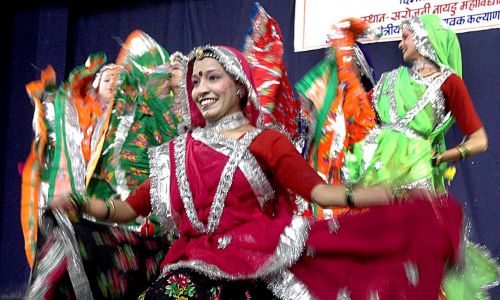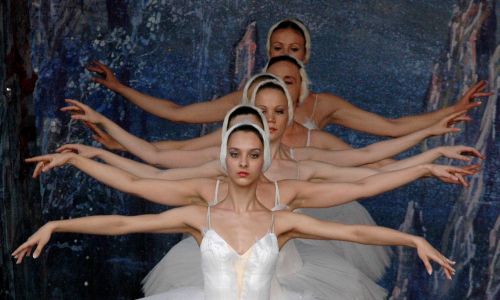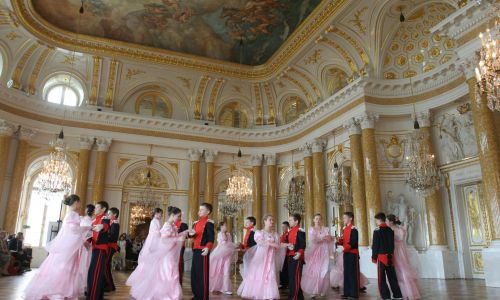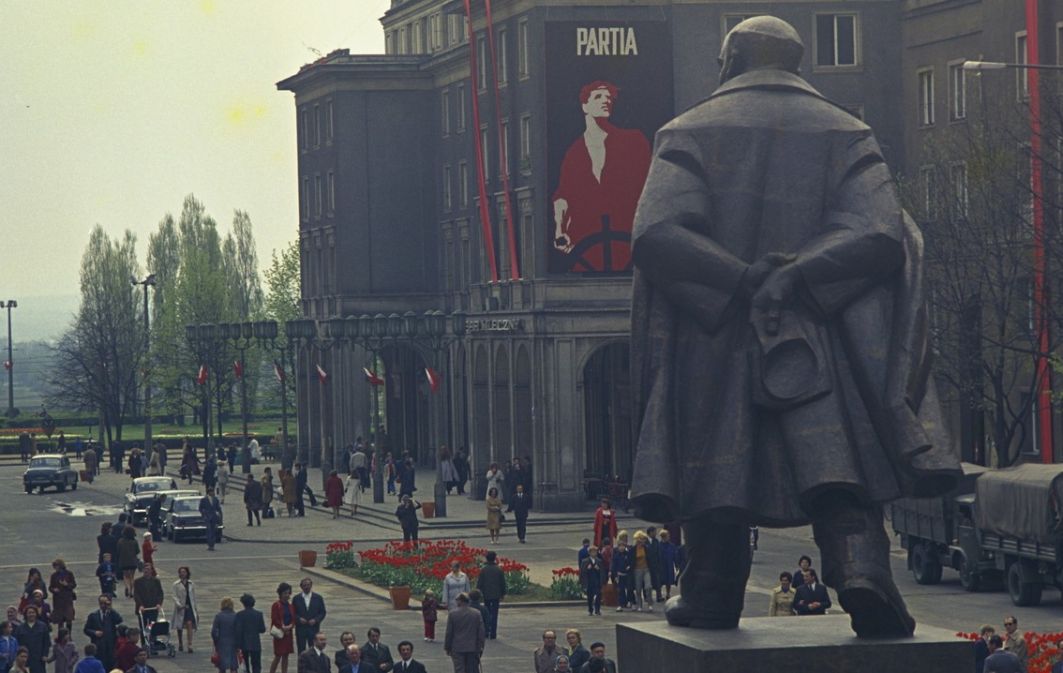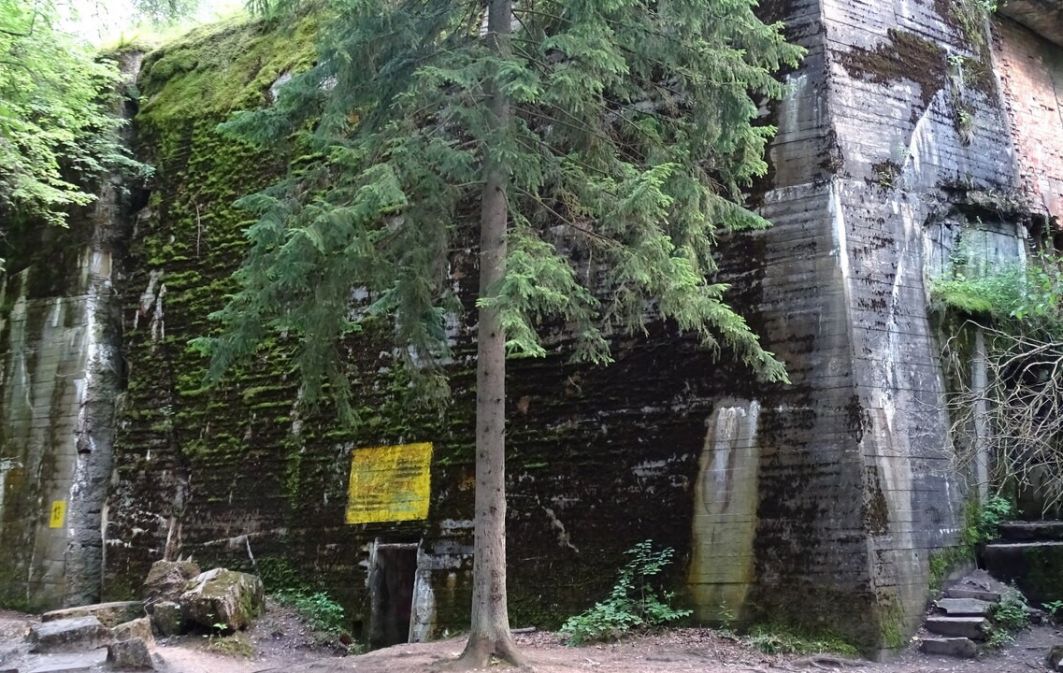Dance has become an important element in various religions; in India, for example, dance can be used as the equivalent of prayer: i.e. in the Indian classical dance, Bharatanatyam mudra hand gestures have a symbolic meaning, just as body poses are strictly defined, and only their perfect execution can ensure the favour of the gods.
Only Christianity moved the dancing practice into the background. Over time, it was eliminated from religious rites and became a form of entertainment in separate social strata.
When did ballet appear?
In the era of the Renaissance, we are already dealing with entertainment shows called ballets, yet they did not resemble the ballet we know from "Swan Lake" or "The Nutcracker." The courtiers attended these manor house spectacles along with the king and queen. Court dances, which were popular at that time, dominated the performance, culminating in the so-called "grand ballet", where the performers moved around, creating various spatial images.
 SIGN UP TO OUR PAGE
SIGN UP TO OUR PAGE 
The Baroque period changed dances' aesthetics due to court etiquette requirements. Ballets were still performed by courtiers - dancing minuets, gavottes, walking on outward-turned feet - taking care of elegant hand guidance and grace in the performance. This refinement of baroque dances meant that every aristocrat had to learn how to dance, and the complicated choreotechnics were a real challenge for many of them - a dance lesson from the "Cinderella" ballet is a good example; in one of the scenes the evil sisters can't perform the dances correctly. The constantly increasing level of technical difficulties that accompanied the dance resulted in its professionalisation.
Louis XIV, who was a great dance lover and performed brilliantly in court ballets, decided to establish several institutions important for dance development - the Royal Academy of Dance, the Royal Academy of Music, which would later be renamed the Paris Opera, and towards the end of his life he issued a decree establishing a school of ballet. It was 1713 when the first ballet school in the world was founded and began to accept students and train them to become professional dancers.
Dancing at courts continued to be a form of entertainment, but public theatres were also established, where ballet and opera performances - with the participation of professionals - began to take place. It is worth remembering that until the end of the Baroque, ballets were mixed performances where people could sing, dance and recite. The performances lasted about 3-4 hours, and the best artists of various fields, including the ballet master, took care of their setting.
Ballet performances were freed from the narration and replaced by pure pantomime in the 18th century, thanks to the ballet reformer Jean-Georges Noverre. He was the one who made ballet an autonomous field of art, and to commemorate his merits, the date of his birth - April 29 - was established as International Dance Day.
What happens to this dance next?
Very important for the ballet changes took place in the 19th century. In the period of Romanticism, pointe shoes appear, i.e. ballet shoes that allow dancers to stand on the top of their toes. So then it begins the ballet that we know from the repertoire which has survived to these days - for example, "Giselle", " La Sylphide”, or " Le Corsaire”. The dancers take on the form of ghosts, dancing in airy long dresses in pointe shoes that allow them to create the impression of floating, drifting just above the ground. Ballet became the visualisation of romantic dreams; it created an unusual aura in theatrical performances.
Since the beginning of the ballet school established on the initiative of Louis XIV, female dancers or just male dancers have been trained there?
The first performance of professional female dancers occurred in 1681 in the "The Triumph of Love" ballet. In the 18th century, more female dancers entered the stage of the Paris Opera and took an important place in history: Marie Sallé was famous for her good acting skills, whereas Marie Camargo reached the heights of technical abilities.
All the dancers of the 18th century performed in costumes modelled on the court clothes of the Baroque era; hence male dancers had more freedom in movement than female dancers. Camargo made considerable alterations to the costume, shortening the skirt and lowering her heels so that she could show off her incredible efficiency.
Despite her achievements, the 18th century was a time of excellent male dancers’ careers, among whom Louis Dupré, Gaétano Vestris and his son Auguste were called the “gods of dance”. After the period of Romanticism - when the supremacy of female dancers took place, putting all the male dancers further in the background - it was time for another change in the field of ballet performance aesthetics.
In the second half of the 19th century, ballet develops technically. The dancers already have reinforced the pointe shoes that allow them to perform spectacular dance elements. When we watch "Swan Lake", "La Bayadère" or "Sleeping Beauty", we notice that the choreographies are designed so that the ballerinas can show off their skills.
This is also the period of time when male dancers are needed mainly in pantomime scenes and group dances. It was not uncommon for female dancers to take the male roles, and play en travesty, i.e. in male costumes - for example in the ‘dance with cloaks’ in the "Paquita" ballet.
Another dance reform takes place at the end of the 20th century, when an alternative to ballet, i.e. contemporary dance, is born?
The new century accelerates the world, which is visible in all branches of industry and moves into all artistic fields, including dance. Isadora Duncan was born in 1877 and entered the stage at the beginning of the 20th century, surprising everyone with her dance. Until now, no one had ever thought that someone could move in such a natural way, performing symphonic music, after all not intended by composers to be danced.
Some ballet representatives picked up Isadora's thinking related to movement and dance, among whom the Russian choreographer, Michael Fokine, turned out to be the most important figure. He was the one who created the first ballets for Sergei Pavlovich Diaghilev’s newly formed company - the future Ballets Russes. The ballet reform carried out by Fokin was further developed by subsequent choreographers working in the Ballets Russes: Vaslav Nijinsky, Leonid Fyodorovich Myasin/ Léonide Massine, Bronislava Nijinska, George Balanchine and Serge Lifar.
Similarly to ballet, contemporary dance was a response to new trends in art that flourished like grass in spring. The expressionist dance appeared, which developed in Germany, and through dance means and content, was placed in opposition to the growing Nazism.
The creators of this dance technique had to leave the country, including Rudolf Laban mentioned above and Kurt Jooss, who was of Jewish origin. Both artists survived the Second World War. Kurt Jooss became a teacher of outstanding choreographers of the second half of the 20th century: Birgit Ragnhild Cullberg and Philippine "Pina" Bausch, who created their own personal brand dance troupes.
This shows that dance was not an isolated field, that it also manifested cultural changes; Was it their expression?
That's true. Dance theatres have become exceptional places manifesting existential problems, presenting relations between people and human alienation in the industrial world of the 20th century. Another example is the Butoh dance, which is deeply rooted in expressionism. It is a form of Japanese dance theatre that was established in the late 1950s and was a response to the traumatic events related to the dropping of the atomic bombs on Hiroshima and Nagasaki. This “Dance of Darkness” is based on improvisation with a clear emphasis on human carnality without any embellishment.
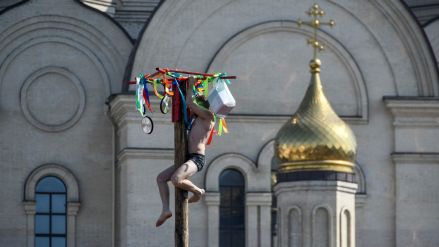
 SIGN UP TO OUR PAGE
SIGN UP TO OUR PAGE 
